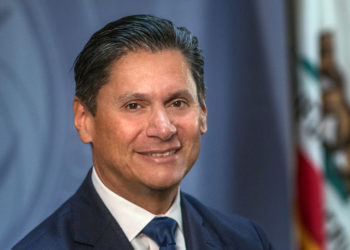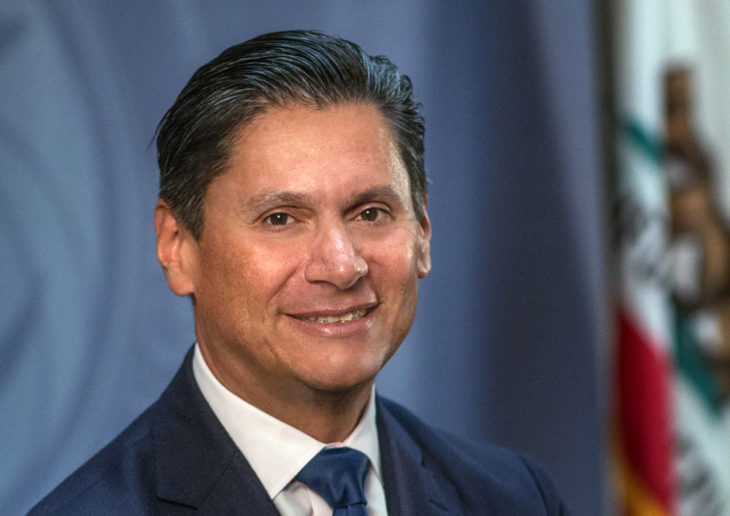
As we head toward the conclusion of another academic year, it’s important to take... Read More about Listening Tour Offers Opportunity to Discuss Vision for Success

As another academic year wraps up, it’s important to take stock of our progress toward the goals contained in the Vision for Success.
Up and down the state, commencements are in full swing, conferring degrees upon tens of thousands of students who will now be better prepared to succeed in the world of work, which is changing before our very eyes. Several dozens of these diplomas are bachelor’s degrees, the first to be awarded by California community colleges.
We are embarking on a new relationship with the University of California, which starting in the fall of 2019 will guarantee transfer for eligible community college students who complete our Associate Degree for Transfer, much the way that California State University has done for the past seven years.
We continue to change practices so more students start college taking college-level courses, rather than getting trapped in remedial education that doesn’t count toward college credentials and that often causes them to drop out in discouragement. We are well on our way to putting more students on guided pathways that lead to degrees, certificates, and employment.
Making real change is difficult and requires hard work and dedication by talented faculty and staff. We are making progress, but there is more to do. We need to align the financial incentives within our system to the goals we have set out in the Vision for Success, and the opportunity is now before us.
In his revised budget plan released earlier this month, Gov. Jerry Brown reinforced the state’s commitment to the future of our colleges, specifically the way we fund colleges by moving away from an entirely enrollment-based formula to one that also focuses on student equity and success.
The governor has made sure that we reward colleges that are serving low-income students and ensuring they meet their educational goals. This is consistent with our commitment to closing achievement gaps.
Under the plan, colleges would receive 60 percent of their funding based on the total number of students they enroll. They would receive additional funding based on the number of students who qualify for financial aid, as well as additional funding based on the number of students who make steady progress to their goal, those who complete a degree or certificate, and those who earn a living wage after they leave college.
We all know how hard it can be to make fundamental changes in state policy, even when they are desperately needed. We hear and understand that cautions that have been expressed about a new funding model. However, we should recognize, and support, the governor’s willingness to try something sensible, yet bold, in the service of equity.

As we head toward the conclusion of another academic year, it’s important to take... Read More about Listening Tour Offers Opportunity to Discuss Vision for Success

Contact your legislators! That’s the message the California Community Colleges... Read More about More Financial Aid for California Community College Students Must Not Wait and You Can Help!

In March “I Can Afford College” launched two in a series of six digital-first... Read More about “I Can Afford College” Campaign’s New Latinx Youth YouTube Series